2011 Ford Mustang GT

| The Good: – Retro-modern styling – Class-leading acceleration – Superb handling |
The Bad: – Rear seat legroom – Hectic highway ride – Some hard cabin plastics |
The first retro-themed Mustang came out in 2005. Ford raised the game with a 2010 facelift and some mechanical upgrades. But while the world raved about how “awesome” it had supposedly become, we weren’t impressed beyond its looks. Now come 2011, and it seems a little early to be updating a car that just launched a year ago. We got a 2011 Mustang GT for this test. And it looks like the fender-mounted “GT” badges have been replaced with ones reading “5.0” in big proud numbers.
The 2011 GT model looks exactly the same as before except for the new badges, not that it’s a bad thing of course. The facelifted Mustang remains a hot retro-modern proposition, and ever-so-slightly better built in its second year. Our tester was the fully-optioned glass-roof automatic version.
The interior has been untouched since the previous year’s upgrade too. The Mustang comes with a soft-touch dashboard, padded armrests, real aluminium trim and proper leather upholstery. Hard plastics still dominate the upper door sills and lower panels, and some bits still feel as if they were built to a cost, but it is more palatable now, as there has been no increase in price after the spectacular engine upgrade.
Space up front is good enough, although we did raise the seat for better visibility, which brought our knees uncomfortably close to the dashboard. The front seats are still only moderately bolstered, aiming for comfort rather than butt-holding. Access to the back is tight, and so is the rear legroom, although shorter adults can fit in there for limited periods of time. As for storage spaces, there is a useful cubby under the central armrest, and covered cup-holders up front, with tight pockets on the doors. The luggage boot is long but shallow, with a non-flat floor and a small opening.
In terms of cabin features, we’re pretty much copy-pasting our 2010 review. The previously-standard Microsoft-powered SYNC multimedia system, now optional to reduce the base price, is controlled via a bunch of buttons and a small dot-matrix display. This time around, we managed to set up the Bluetooth phone without peaking in the manual, and it worked perfectly. The entire system can also be voice-controlled, but has a hard time recognising anything other than American accents. Other tech features are likeable, such as the strong “Shaker” stereo, iPod/MP3 inputs, the infinitely-changeable mood lighting colours, the retro gauge cluster, and the rear-view camera display within the central mirror. The glass roof has a thin cloth roller-shade. All Mustangs come with a manual a/c, and it seemed strong enough for the GCC, although we did test the car in November weather. The minor issues still remain, such as no “P-R-N-D” gear-selection indicator in the instrument cluster, and the gauge lighting partially reflecting on the windshield at night. A non-retractable antenna sticks out of the right rear fender and should be kept under a watchful eye in automated car washes. Other standard features include the capless fuel filler, front and side airbags, blind-spot side mirrors and quirky sequentially-flashing rear indicator lamps. HID headlights are optional.
For 2011, Mustang enthusiasts would be happy to know that a 305 hp 3.7-litre V6 version is finally being offered in the GCC officially, but the bigger news remains the replacement of the 4.6-litre V8 with an all-new aluminium 5.0-litre V8. That wouldn’t be anything special, except for the fact that it is now lighter and offers nearly a hundred horses more! It makes an impressive 412 hp at 6500 rpm and 528 Nm of torque at 4250 rpm. Mildly brake-torque launching the car at maybe 2000 rpm with stability control off, there was virtually no wheelspin as it took off, on to a 0-100 kph time of 5.3 seconds, easily a second quicker than any of the retro-modern musclecars we’ve ever tested. Even with a basic 6-speed automatic with no manual function, the rear wheels efficiently put the power down on the tarmac with the help of sticky Pirelli 245/45 tyres. Our car’s simplistic trip computer always displayed an estimated 15 litres/100 km, which isn’t bad at all.
Ford says they’ve upgraded the suspension on the GT. Still, the Mustang is still a firm rider on highways. It is a stable-footed cruiser, but not exactly a comfortable one. The ride is annoyingly firm on long trips, but easily bearable around town. It feels perfectly stable at high speeds, but it has all the traditional inconveniences of a barebones sports car, including road noise, wind noise, engine noise, and that inherent sports-car jitteriness that afflicts everything from a Ferrari to a GT-R. Its muscle-car brethren from Chevy and Dodge ride a bit more smoothly.
But that would be selling the Mustang short. The suspension upgrades become noticeable in the car’s handling. It is not a sporty cruiser any more. It is now a full-blown sports car. Grip from the rubbers on the optional 19-inchers gave us as much confidence as any high-end BMW coupe we’ve ever tested. Suspension rebound is limited over bumps, body roll is kept to a minimum, the firm steering offers decent feedback and the bigger ABS-assisted disc brakes are better than ever before.
Driving the Mustang GT quickly is even more rewarding now, but hit an expansion joint mid-corner on an off-ramp, and the live-axle rear suspension still hops like a rabbit, so you should learn to expect it. With stability control on, the nannies still allow for some powersliding fun before kicking in. However, lift off the throttle in tight turns and the stability control makes the car understeer heavily. But the electronics can be turned off at the press of a button if you think you are a drift-meister.
And there lies the biggest frustration about this car. Driving a Mustang 5.0 while obeying traffic laws is like using a flame-thrower to light a cigarette. We got very few opportunities to really open it up. But when we did, it was definitely worth it.
| Price Range: Dh 125,000-170,000 Current Model Introduced in: Body Styles: Engines: Transmissions: Setup: Suspension: |
Brakes: Front: discs Rear: discs Curb Weight: Length: Wheelbase: Top Speed: Test Acceleration 0-100 kph: Observed Test Fuel Economy: |
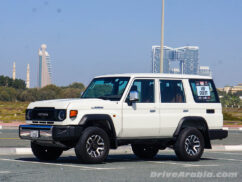
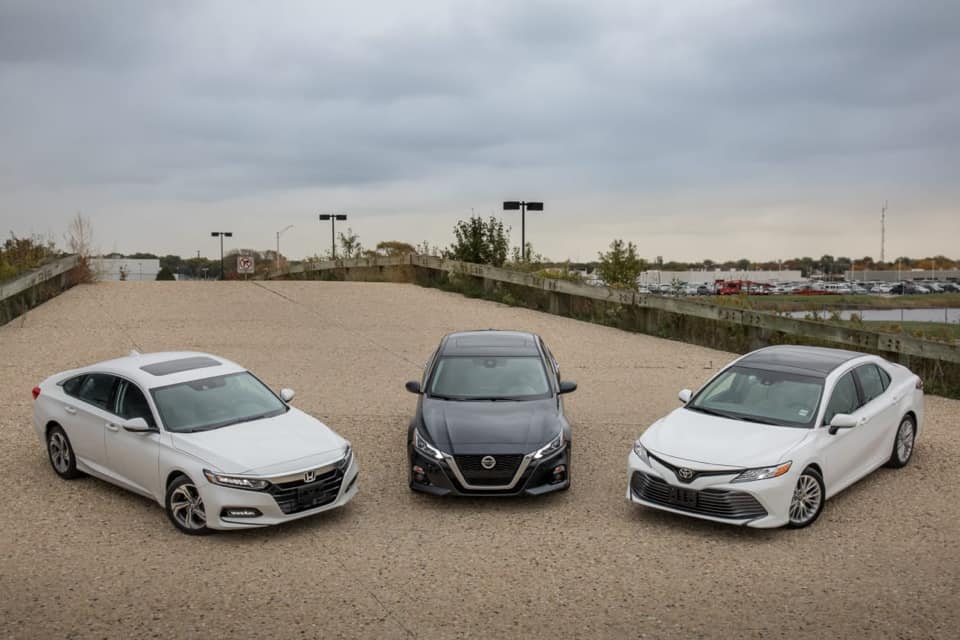
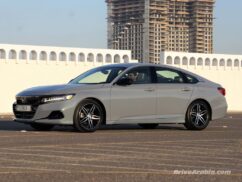
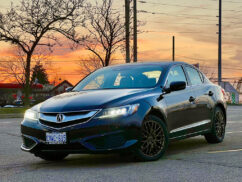
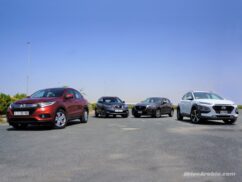
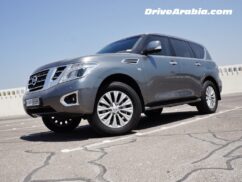
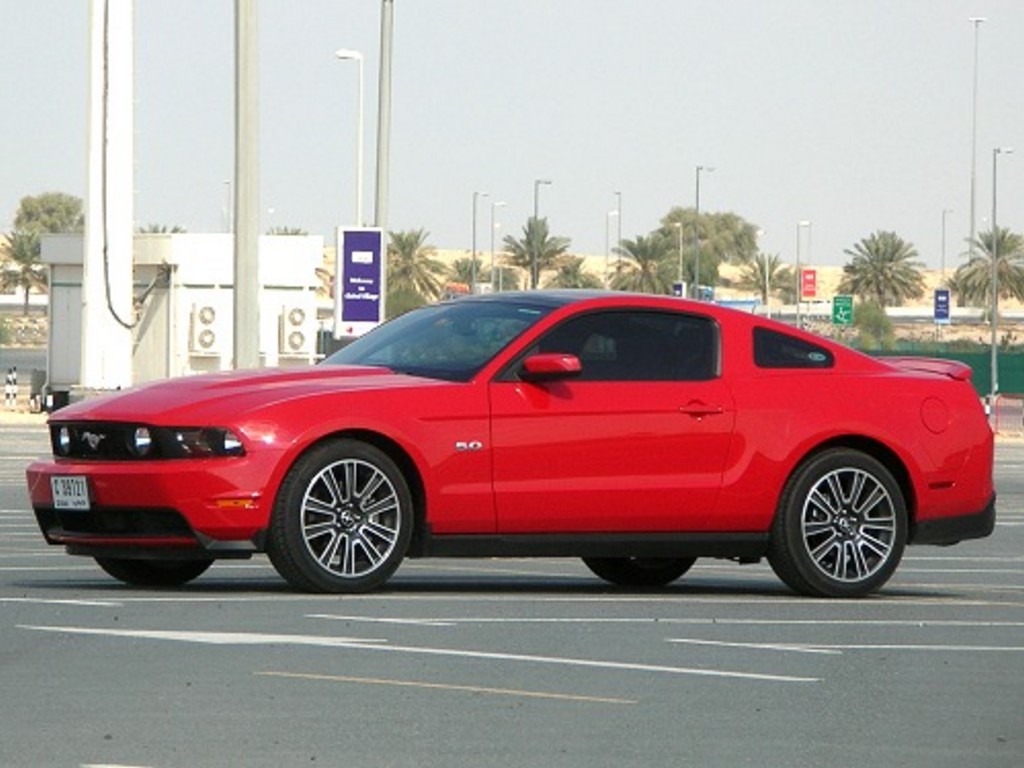
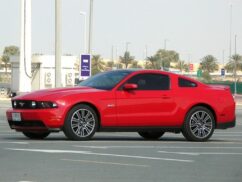
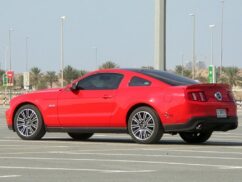
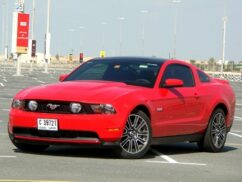
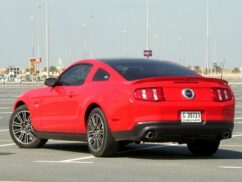
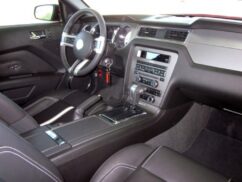
Comments
IQ
What about the Mustang GT 2013 only launched in Nov 2011 and possibly available in the summer of 2012.
I mean, what is going on with the boys at the blue oval! They introduce the 5.0 in 2011 and then upgrade in 2013 to a shelby like Mustang GT and rumours have it that in 2014 there will be the 50th Anniversay upgrade which will be entirely different !!
Should we all stop buying until the Mustang designers don’t take a coffee break ???
IQ
Motorhead
HI Mashfique,
Any update on quality of Mustang? Breakdown or other information from users?
Also, 2013 Mustang is quite expensive and tops out at 180k for the Moonroof model.
Muddasir
Any idea how much does Mustang v6 basic with Auto-Transmission cost?